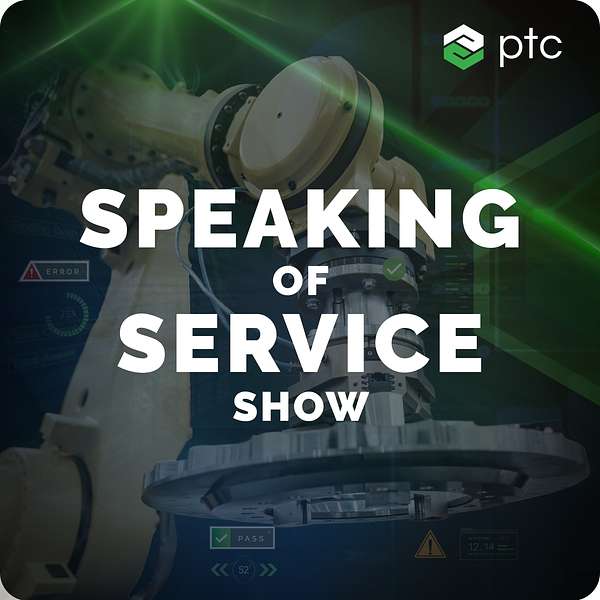
Speaking of Service
Speaking of Service uncovers practical ways to grow service revenue, control costs, and improve customer satisfaction. If you’re looking to innovate, gain a competitive edge, or just learn about the latest service trends, you’ve come to the right place! Also check: www.ptc.com/speakingofservice
Speaking of Service
Driving Health Outcomes with Connected Data
•
PTC
•
Season 2
•
Episode 7
Sysmex Leverages the Internet of Medical Things (IoMT) to disrupt the blood testing market – Check out how!
Executing on a smart connected products strategy in the medical device space requires vision, planning and operational discipline. In this episode, Andy Hay, President & CEO of Sysmex America discusses their path to digital transformation and how they kept a focus on driving health outcomes.